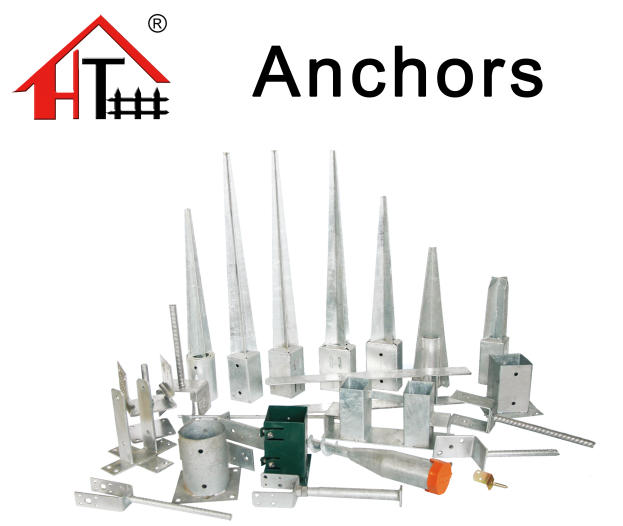The Versatility and Benefits of Wicker Plant Supports
In the realm of gardening, plant supports are essential tools that not only enhance the growth of plants but also contribute to the aesthetic appeal of outdoor spaces. Wicker plant supports, crafted from woven natural materials, have gained immense popularity among gardeners for their unique blend of functionality and style. These supports not only provide structural stability for climbing plants but also add a touch of rustic charm to gardens and patios.
What Are Wicker Plant Supports?
Wicker plant supports are structures made from interwoven twigs, branches, or synthetic materials designed to offer support to climbing and sprawling plants. They come in various shapes and sizes, ranging from simple stakes to elaborately designed trellises. The natural fiber of wicker makes these supports exceptionally lightweight yet sturdy enough to hold heavier vines and flowers, making them suitable for a variety of plant species.
Benefits of Using Wicker Plant Supports
1. Aesthetic Appeal One of the primary advantages of wicker plant supports is their aesthetic quality. The organic texture and natural color of wicker blend seamlessly with the plants they support, creating an attractive focal point in any garden. Whether used in a cottage garden or a contemporary landscape, wicker supports complement the natural beauty of flora.
2. Sustainability Wicker is often made from natural materials like rattan, willow, or bamboo, making it a sustainable choice for environmentally conscious gardeners. Unlike metal or plastic supports, wicker decomposes over time and does not contribute to landfill waste. Additionally, sourcing natural materials promotes local economies and reduces carbon footprints associated with manufacturing processes.
wicker plant supports

3. Versatility Wicker plant supports can be used for a wide range of plants including climbing roses, peas, beans, and various perennial vines. They can take on multiple forms, such as obelisks, arches, or simple stakes, allowing gardeners to customize their garden layouts according to their preferences. Furthermore, they can be easily repositioned or repurposed throughout the growing season.
4. Enhanced Growth By providing adequate support, wicker plant supports facilitate good air circulation and sunlight exposure for the plants. This promotes healthy growth and reduces the risk of diseases caused by overcrowding or excess moisture. The use of supports also minimizes the chances of damage during storms or high winds, preserving the integrity of the plants.
5. Ease of Use Wicker supports are lightweight and easy to install, making them a favorite among both novice and experienced gardeners. They can be easily pushed into the ground and moved as needed, allowing for flexibility in garden design and plant arrangement throughout the seasons.
Care and Maintenance
To ensure the longevity of wicker plant supports, it is advisable to treat them with a protective coating, especially if they are exposed to harsh weather conditions. Regular inspections for wear and tear can extend their lifespan significantly. Additionally, removing any dead plant material from the supports will help prevent the buildup of pests and diseases.
Conclusion
Wicker plant supports are more than just functional gardening tools; they are an embodiment of sustainable practices and a testament to the beauty of natural materials. As gardeners increasingly seek environmentally friendly options, wicker supports stand out for their elegance, durability, and ecological benefits. Incorporating wicker plant supports into your gardening design not only helps your plants thrive but also adds a unique and stylish element to your outdoor space, making your garden not just a place for plants to grow, but a sanctuary of beauty and harmony with nature.
















